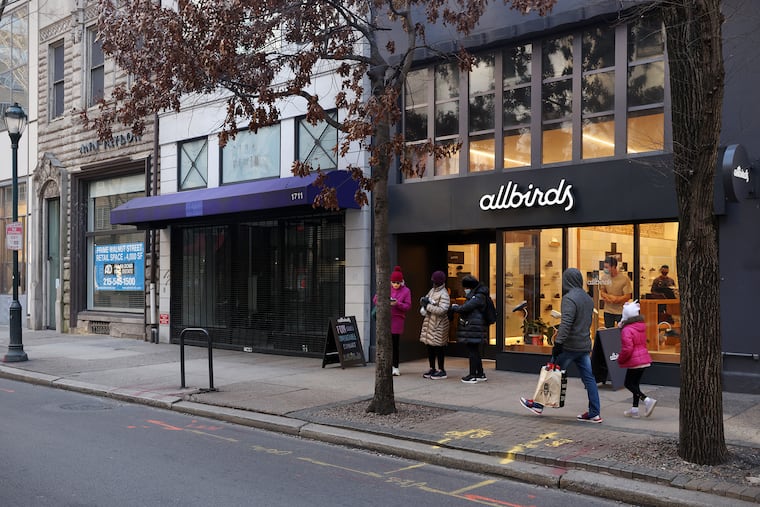How COVID-19 will change retail, home sales, travel and working from home
Work-from-anywhere is a fundamental shift in the way we live and work and will become even more prevalent .

Work-from-anywhere is a fundamental shift in the way we live and work and will become even more prevalent .
